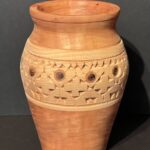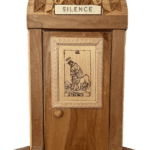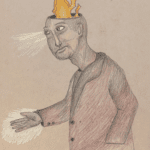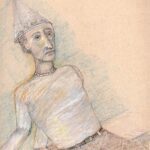A spirit of play leads to creativity
My original interest in learning meditation came from the hope of finding inner peace and tranquility for myself. Over time I learned that this was only scratching the surface of the potential meditation was to have in my life. Meditation, combined with a spirit of play, has helped me to live a creative life, a life that goes beyond the goals of peace and tranquility. It has especially helped me discover the values by which I want to live and how to put them into practice. Such values include real love and inner freedom.
More than finding peace
I have learned to listen more carefully, let go of some unwanted habits and to expand who and what get my attention. It has helped improve the quality of that attention. I have learned empathy – to feel closer to others who are different than me. It has helped me to see myself as part of humanity – the part that is now living and the parts that have come before and will come afterwards. It has helped me to put these insights and others into actual daily life. I especially think of the world I want to leave for future generations.

Have you ever run up against a computer issue and needed help from the IT person in order to solve it? I have many times. One of the first things I have noticed is that all of sudden, the IT person is looking at screens in my computer that I have never seen. There are rows of text, numbers and punctuation marks that mean nothing to me. However, to the IT person, this is the code that is running the programs that I use. To solve my problem, he or she has to go into the deep programs of the software that are running the programs I am using.
Going deeper in meditation
A parallel can be made with the work of the IT person going deep into the code of the computer programs and the deep programs that I can work with through the inner work. In meditation I look and work more deeply with the “programs” that are running me. I need the calm and dispassion that the meditative state brings in order to actually go deeper and to observe without judgment.
For example, how often have I been surprised by a reaction I have had or feeling that seemed to come from nowhere? How often have I wished I hadn’t said what I said? Even as I was saying it I knew that what I said was not what I wanted to say. My involuntary facial expressions and tightening of muscles at difficult moments are predictable and reflect thoughts and feeling about which I am not yet conscious. They remind me of those seemingly random error messages my computer sometimes sends me that I do not understand. I need to understand myself better.
I have found that it takes effort – call it inner work- to discover, make conscious the thoughts, feelings and perceptions that are within me. Some, of course, are defensive. Then, I feel I am being threatened. While sometimes that may true, most times it is just an automatic reflex. It is a reflex that I discover when I sit silently in meditation and observe it dispassionately. This is not as hard as it might sound, especially when I remember my goal of seeking freedom from the control of that particular program.
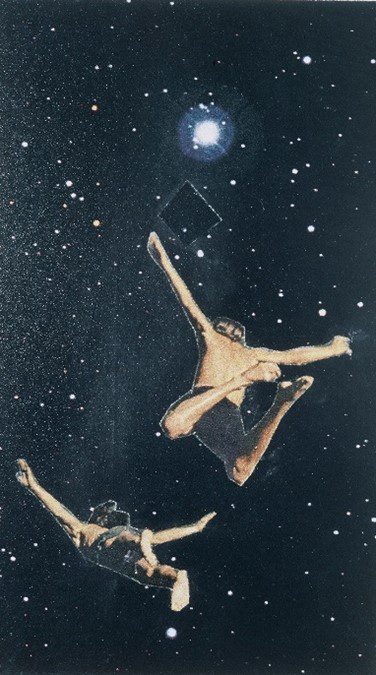
Deep Play and Meditation
Gaining insight into myself is one of fruits of meditation. Playing with the insights yielded by this is another step. What does it mean to play with insights that arise from meditation?
Can I imagine thinking, feeling, acting in a different way?
Plato said that to play is to “leap”. To play with the inner programs could be called “deep play”. I read a very interesting quote by the writer – James P. Carse in a little book called Finite and Infinite Games – A Vision of Life as Play and Possibility . This passage changed my entire perspective on play:
“To be playful is not to be trivial or frivolous, or to act as though nothing of consequence will happen. On the contrary, when we are playful with each other we relate as free persons, and the relationship is open to surprise; everything that happens is of consequence. It is, in fact, seriousness that closes itself to consequence, for seriousness is a dread of the unpredictable outcome of open possibility. To be serious is to press for a specified conclusion. To be playful is to allow for possibility whatever the cost to oneself.”
Letting go and meditation
Here is an example. In this example I will use a meditation exercise called “The Two Roads”. This exercise includes an affect or feeling that one hopes to generate. The effect of “The Two Roads” is disattachment or letting go. To let go is a movement that, when used judiciously, is an important movement toward inner freedom.
Letting go feels similar to what I practice in wood carving. Wood carving is a subtractive exercise: you remove wood, creating the figure or other pattern that is hidden in the wood. Stone carving is the same but I have never done that. I think that our habits of thinking and feeling are more like working with wood than stone. However, sometimes I worry how much of what I think may be ossified, “carved in stone”.
Continuing with this example, let’s say that I know a person very well. He has a habit of always wanting to be right, have the final say. Even when I agree with him, I am provoked to disagree. For that reason, I find that I am being controlled by him without my permission.
I know enough about him to have some insight into why he is this way, but I also know that I am not able to change him. In fact, he thinks that his way is the way he needs to be. Perhaps he is right. I don’t know.
Let’s imagine
So in this meditation exercise I imagine a situation where I have gotten into an argument with him. I have been provoked and I see how I am like a puppet with strings being pulled by him. In my imagination, I am not focusing on him but on my reactions. This focus gives me new insights into myself. I see my own reactions as something that I want change. I see myself as this marionette being controlled by strings pulled by him. The strings controlling me connect to those reactive emotions. As I focus on the strings, I feel the desire and imagine cutting them.
Meditations like this require the creation of an inner space of silence. Over time I have learned how to create that space. I can bring my actual life into this open space created by silence and work with it. Various archetypal themes like that of “The Two Roads” can be powerful aids in this work. Such themes give direction to inner work. Soon I realize that working this way is not just personal but also universal. Very few of my “issues” are totally unique. They are often just the ways I individually express my universal humanness. To discover this has also led to a change my attitude toward my “issues”. Rather than being a source of separativity from others, they become a source of our common ground, difficulties that I share with others and they share with me. This less personal approach helps in many daily life situations.
Creativity and Meditation
What do creativity and the spirit of play have to do with meditation? Meditation is an act of emptying the mind. In the course of meditating I can take steps outside of the habitual nature of both thought and action. An inner quiet space, wordless and devoid of concepts, goals, desires, and fears, is an important aspect of creation in all its forms. As a consequence of this, I am invited to stretch beyond the familiar, leading to discovery and insights. How many artists describe this kind of experience in their own creative work? In some psychologies, this is called “the transcendent function.” It is possible through meditation with the spirit of “deep play” to make “transcendence”, overcoming barriers and limits a practical movement into all aspects of life.
Meditation and the Spirit of Play
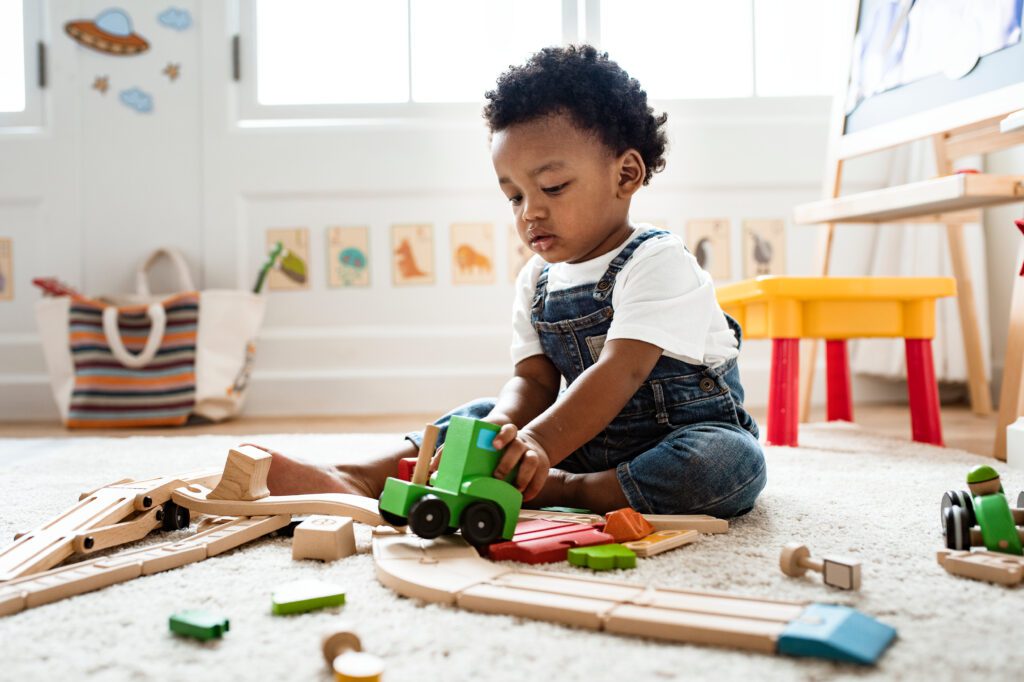
What is the spirit of play? How does it apply to meditation?
There is a paradox in the nature of meditation. Meditation is serious in the longing to discover how to live from the depths of my humanity. To have an element of playfulness in meditation allows us the freedom to discover something new.
The spirit of play is innate to almost all children.
A spirit of play is a way of responding to life with a sense of consciousness of untold possibilities.
When a child plays, she is immersed in the here and now of her thoughts, feelings and actions. At the same time she is extending the boundaries of what is. Boundaries expand as the child imagines and apprehends through play possibilities and responses to considerations of “what if, what could be.”
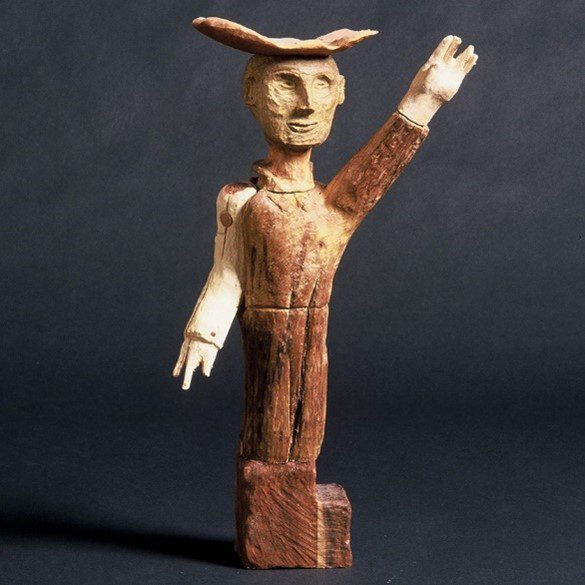
Trying out and experimenting with possibilities requires a temporally inhabiting of that which might be. In meditation, the spirit of play invites flexibility of mind and abandoning oneself to the moment with an open heart.
Play is the natural language of children
Through a process of exploring, manipulating, constructing, engaging in trial and error, creating, pretending and imagining, children learn about how the material world works. To watch a child at play is to witness the child’s single- minded attention to his task. This is equally true when I use meditation exercises as a means to understand my inner workings and the world around me. I can place different images, symbols and actual experiences in the quiet space and work with through my imagination.
Through a theme like the “Two Roads” as described above, I can learn to let go and to chose in a more conscious way. In some ways it is play, exploring new possibilities. In other ways, it is reworking my brain connections so that I can live in a different way. When studying how children play as giving insight into the spirit of play, it is noteworthy to consider the child’s capacity to commit himself wholeheartedly to his activity. Notice how the child concentrates totally on what is before him. His fixes his concentration, effort, commitment of energy and complete on a single point. This can be the experience of meditation exercises too.
Children at play
When a child is playing, time is not linear. The only time that exists in deep play is the present moment. We capture NOW is not in minutes or hours but rather the child’s play carries him away from linear measurements of time into a state of flow. The child does not actively seek this state of flow. That state of being arises spontaneously. Engaged in deep play nothing else matters to the child. The child centers himself on his intention.
The integration of the spirit of play into meditation does not imply that I need to become like a child or that childhood is a stage of sublime innocence. Childhood holds challenges, hurts, disappointments and sometimes loss and suffering. And of course children do not experience the same life responsibilities, demands and stresses that are common in adult life. However, the spirit of play adds and element of creativity to meditation and to life. It is the kind of creativity that has helped me live more fully.
Completing the Circle
Every morning, with some few exceptions, I have done meditation exercises, similar to those described above. In the exercise I most often use, I create an “imaginative picture”. That “picture” is sometimes symbolic, other times an imaginary scene, sometimes taken from lived experience. The picture is most often visual but occasionally may be a sound. I choose the picture in the spirit of a scientist exploring what the image evokes. Sometimes, it is a discovery. Other times, not so much.
Like the strings that pull the marionette, a symbol can help me visualize inner life. I focus my intentional energy to let go on this image. Meditating aloud with others in small groups has been an education in the human heart. We all have so much more in common, such as needs and desires, fears and anxieties, than we might imagine.
by Bob Magrisso and Allegra Magrisso
About the Author(s)
Bob Magrisso is a physician and long-time meditator. He tries to practice “applied spirituality”.

